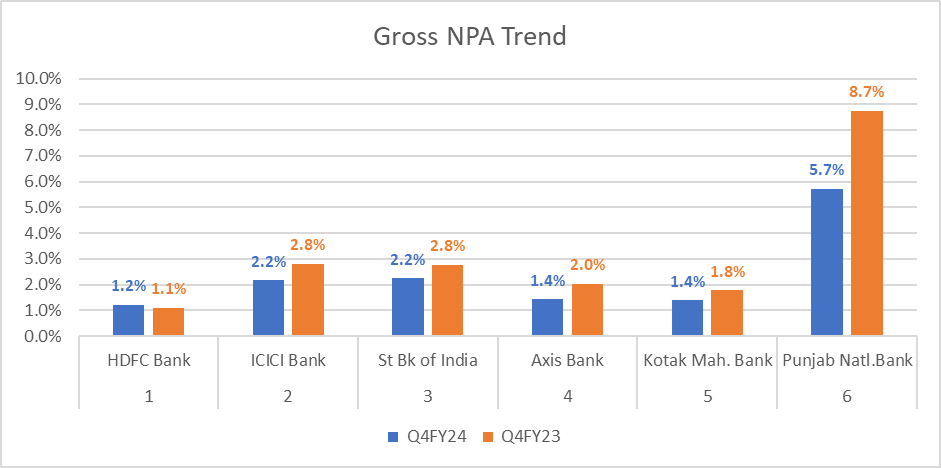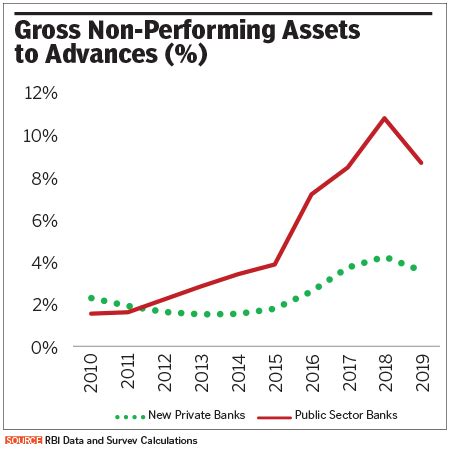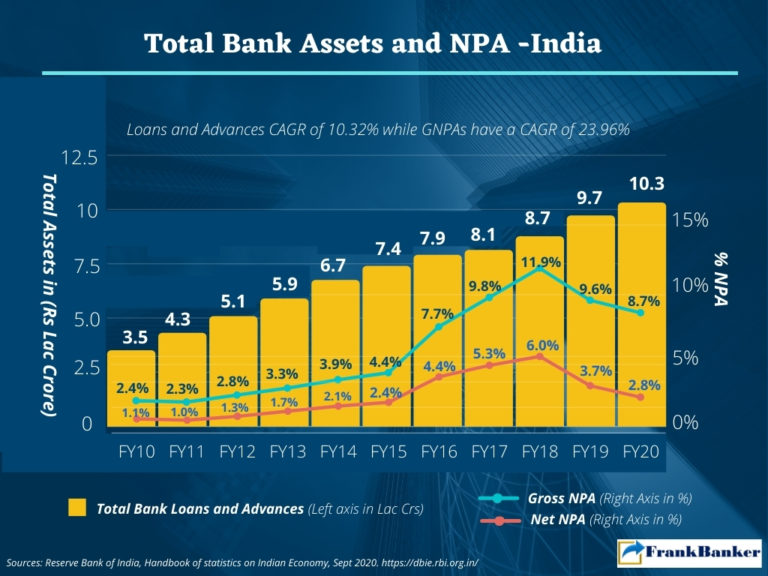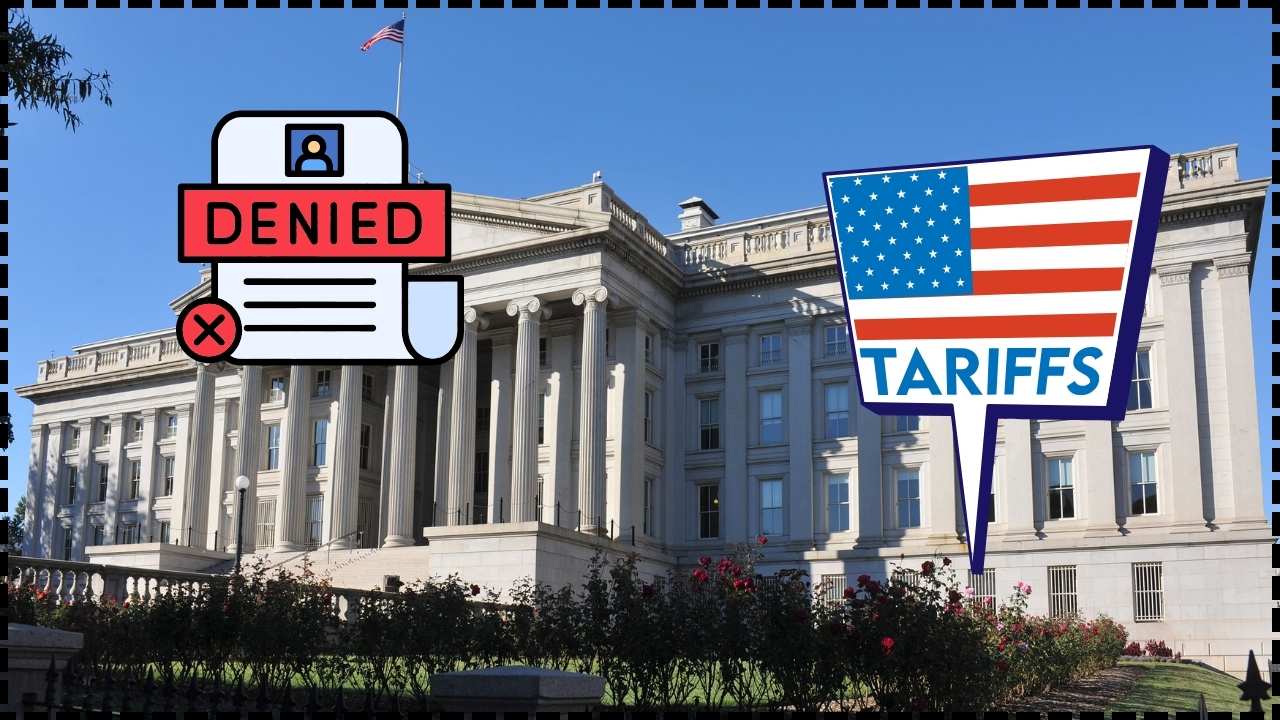Bank of India Also Labels Anil Ambani and RCom as Fraud: When financial scandals hit the headlines, they often sound more like Netflix thrillers than real life. The latest one making waves? After SBI, Bank of India also labels Anil Ambani and RCom as fraud. This isn’t just another corporate hiccup—it’s a big deal that blends money, power, reputation, and the trustworthiness of India’s banking system. If you’re wondering what this means and why it matters, you’ve come to the right place. Let’s break it down in a way that’s easy enough for a 10-year-old to grasp, yet detailed enough to give professionals and investors some real takeaways.
Bank of India Also Labels Anil Ambani and RCom as Fraud
The headline “After SBI, Bank of India Also Labels Anil Ambani and RCom as Fraud” is more than just breaking news. It’s a wake-up call about accountability, transparency, and the real costs of mismanagement. For India’s banks, it’s proof they’re taking tougher stances against bad loans. For Ambani, it’s a painful reminder that reputation sticks longer than balance sheets. And for businesses everywhere, it’s a timeless lesson: play by the rules, or risk losing it all.

| Aspect | Details |
|---|---|
| Who flagged fraud? | State Bank of India (SBI) first, followed by Bank of India (BoI) |
| Entities involved | Reliance Communications (RCom), Reliance Telecom, directors, Anil Ambani |
| Amounts involved | ~₹724.78 crore (RCom), ~₹51.77 crore (Reliance Telecom) |
| Reason for action | Fund diversion, misuse of loans, violation of lending terms |
| Audit findings | Forensic audit by BDO India LLP found misuse of sanctioned funds |
| Stock market impact | Reliance-linked stocks dropped up to 5% |
| Ambani’s defense | Denies fraud, claims unfair process and lack of “natural justice” |
| Reference | Reserve Bank of India Official Website |
Who is Anil Ambani? From Billionaire to Bust
To understand why this news is huge, let’s rewind. Anil Ambani was once one of the richest men in the world. Back in the early 2000s, he was worth over $40 billion and ran a portfolio of companies under Reliance ADA Group. His telecom arm, Reliance Communications (RCom), was supposed to compete with his brother Mukesh Ambani’s Reliance Jio.
But when Mukesh launched Jio in 2016 with ultra-cheap internet and data plans, it was like dropping a nuclear bomb on India’s telecom sector. Competitors crumbled, and RCom was one of the biggest casualties. By 2017, RCom’s debt had piled up so high that it slipped into non-performing asset (NPA) territory.
Fast forward, and Ambani’s fortune collapsed. In 2020, he even told a UK court he was “bankrupt” with zero net worth. Now, this fraud classification is like the final nail in the coffin for his corporate image.
SBI Lights the Fire
Earlier in 2025, State Bank of India (SBI)—India’s largest lender—first declared RCom’s loan account fraudulent. Their claim? RCom violated lending terms, diverted funds, and used money in ways it shouldn’t have.
That alone was bad enough. But when a second big bank joins in, the story goes from serious to critical.

Bank of India Joins the Party
Bank of India (BoI) just declared loan accounts of RCom, Reliance Telecom, and even Anil Ambani himself as fraudulent. Here are the numbers:
- RCom loan: ₹724.78 crore (~$87 million).
- Reliance Telecom loan: ₹51.77 crore (~$6.2 million).
BoI’s move wasn’t based on hunches. They relied on a forensic audit conducted by BDO India LLP, which found damning practices like:
- Funds placed in fixed deposits instead of operational use.
- Loan proceeds recycled to cover unrelated debts.
- Inter-company fund diversions raising red flags.
Think of it this way: you take a business loan to expand your restaurant, but instead, you park some in a savings account, use some to pay off an old car loan, and send the rest to your cousin’s startup. That’s not going to fly with the bank.
How Do Banks Declare “Fraud” in India?
This is where it gets technical but important. Under Reserve Bank of India (RBI) rules, banks can’t just slap a fraud label overnight. The process typically involves:
- Show-Cause Notice – The borrower is given a chance to explain.
- Forensic Audit – Independent firms review how funds were actually used.
- Bank Committee Review – A joint lenders’ forum discusses findings.
- Final Declaration – If misuse is clear, the account is tagged as fraud.
Ambani’s lawyers argue this wasn’t followed properly. They say:
- He wasn’t provided with all necessary documents.
- He wasn’t given a fair personal hearing.
- RBI’s July 2024 circular on protecting directors’ rights was ignored.
So, while the banks see fraud, Ambani sees a violation of due process.

Ripple Effects of Bank of India Also Labels Anil Ambani and RCom as Fraud: Why This Matters
For Banks
Every time a major corporate loan goes bad, it eats into banks’ balance sheets. India’s banking system is still cleaning up from years of rising NPAs. Fraud tags help banks push for legal recovery, but they also highlight how vulnerable lending practices can be.
For Investors
Markets hate uncertainty. After BoI’s announcement, shares of Ambani-linked companies like Reliance Infrastructure and Reliance Power tumbled nearly 5%. Both firms issued statements distancing themselves from RCom, but the damage was done.
For Regulators
The RBI now faces pressure to ensure rules are followed fairly and consistently. If banks are seen as bending process, it could hurt India’s credibility as a safe place for global capital.
Comparing to Other Scandals
India has seen its share of high-profile fraud cases:
- Nirav Modi & Mehul Choksi: Accused of a $2 billion scam with Punjab National Bank.
- Vijay Mallya: Fled to London after defaulting on $1.4 billion in loans.
Ambani’s case is slightly different—it’s less about fleeing the country and more about mismanagement during a brutal industry shake-up. Still, the fraud label puts him in infamous company.
Impact on India’s Corporate Governance and Future Borrowing
The fraud tag against Anil Ambani and RCom isn’t just a personal or company-level issue—it signals a shift in India’s corporate governance landscape. For decades, big business houses often operated with the assumption that banks would restructure loans or quietly write off losses. But this new era is different.
- Stricter Scrutiny: Banks are under pressure from regulators and shareholders to show they won’t tolerate fund misuse, even from high-profile names.
- Creditworthiness at Risk: Once a borrower is labeled fraudulent, raising fresh capital—either from banks or through bond markets—becomes nearly impossible.
- Corporate Accountability: Independent directors, auditors, and board members now face heightened expectations to monitor how funds are used.
- Professional Implication: For mid-size businesses and startups, this means lenders will demand stronger compliance, clearer documentation, and more transparency before approving loans.

Global Lessons
This story isn’t just for India-watchers. It carries lessons for businesses and regulators worldwide:
- In the U.S., think of Enron’s collapse in 2001, where creative accounting tricks brought down a corporate giant.
- In Germany, Wirecard shocked the world in 2020 when €1.9 billion “went missing” from its balance sheet.
- In China, banking regulators have cracked down on property developers over misuse of funds.
The message across continents? Transparency isn’t optional—it’s survival.
Mini-Guide: How Professionals Can Avoid Trouble
Whether you’re a small-business owner in Texas or an executive in New York, here are practical takeaways:
- Stay Transparent – Always use loan money for its intended purpose.
- Keep Documentation – Maintain receipts, approvals, and audits to protect yourself later.
- Know Your Liability – Even non-executive directors can face heat. Don’t lend your name to a board without oversight.
- Prioritize Governance – Create checks and balances in your company to avoid misuse of funds.
- Protect Reputation – A good name in business is worth more than short-term gains.
Bhopal Bank Employee Under Scanner After Multi-Crore Fraud Surfaces
₹4 Crore Bank Fraud in Bhopal Exposed After Income Tax Notice Triggers Probe
How to Add or Update Bank Details on the GST Portal Without Errors










